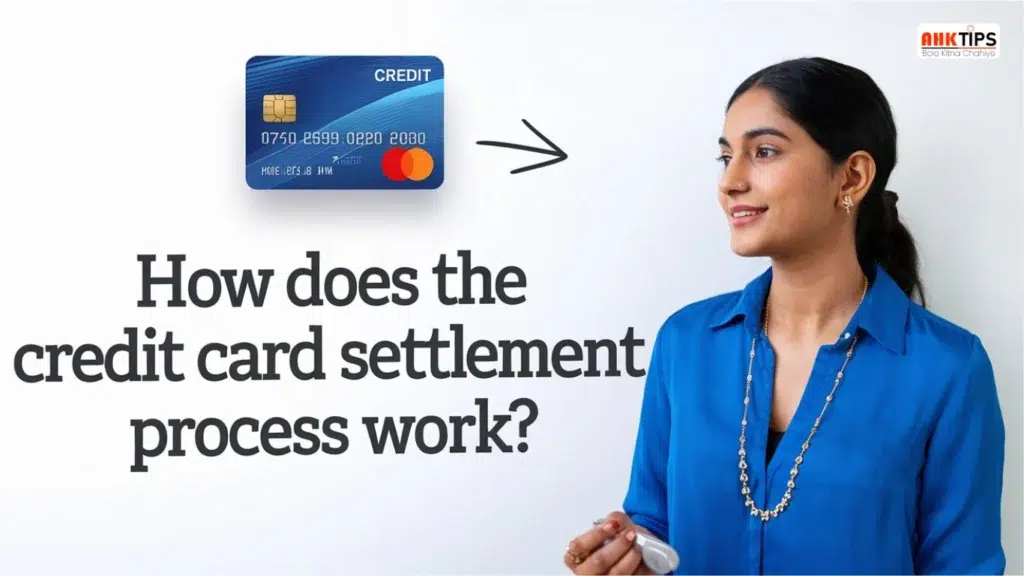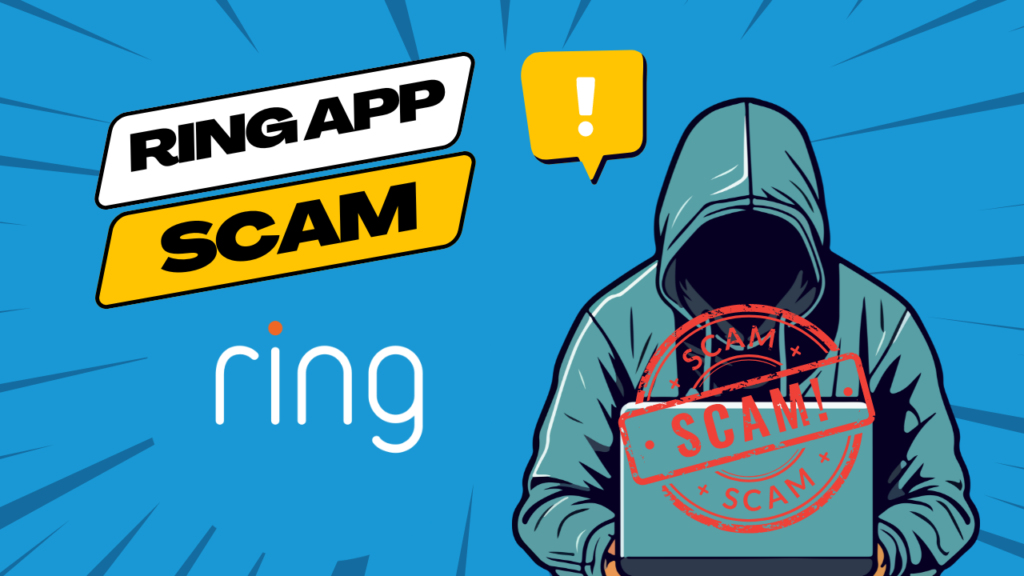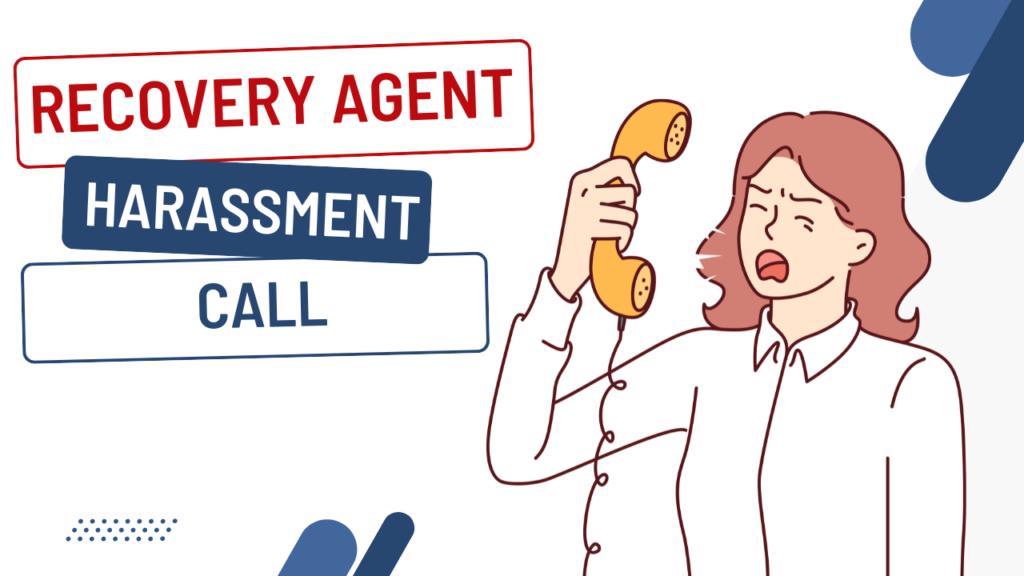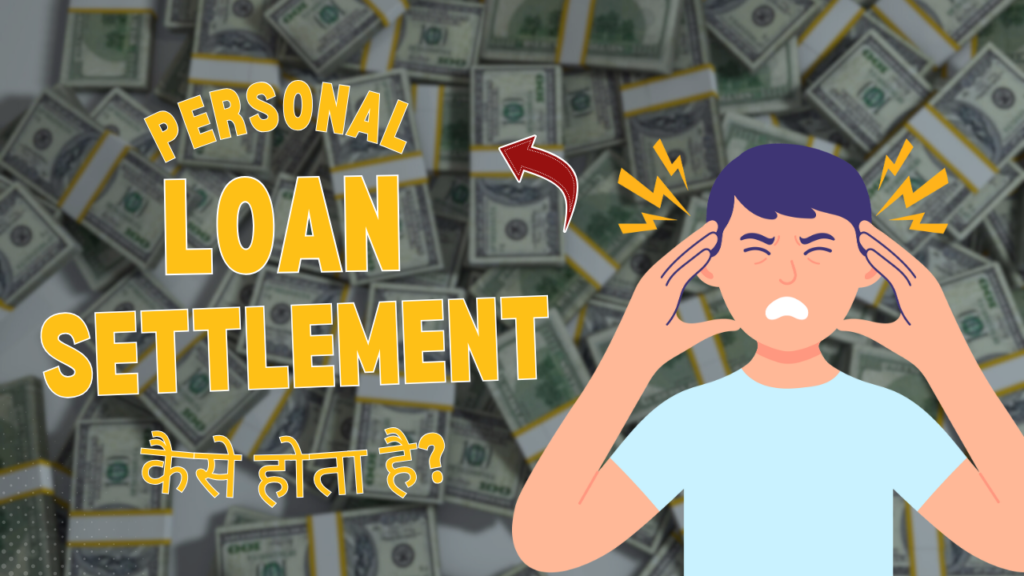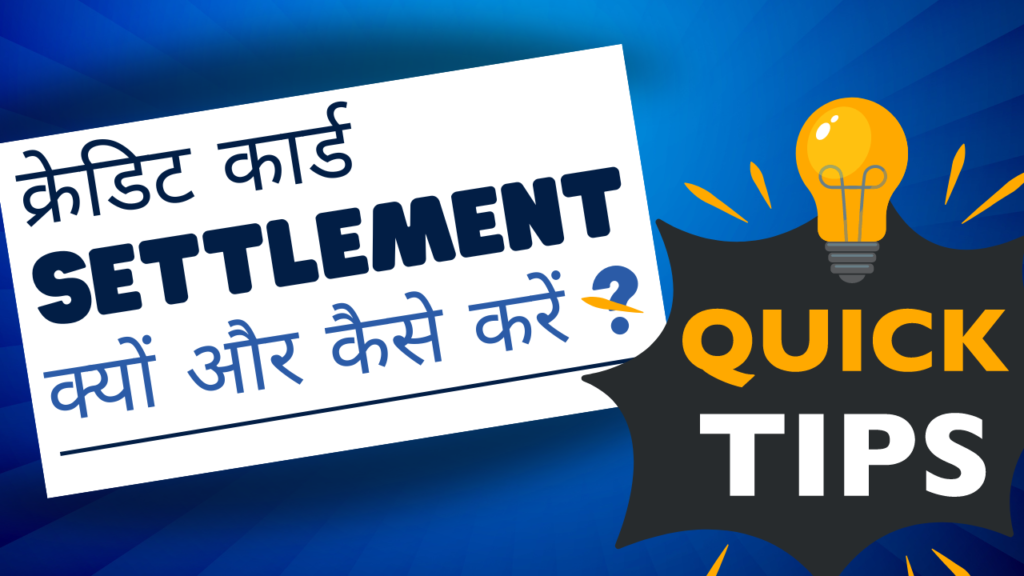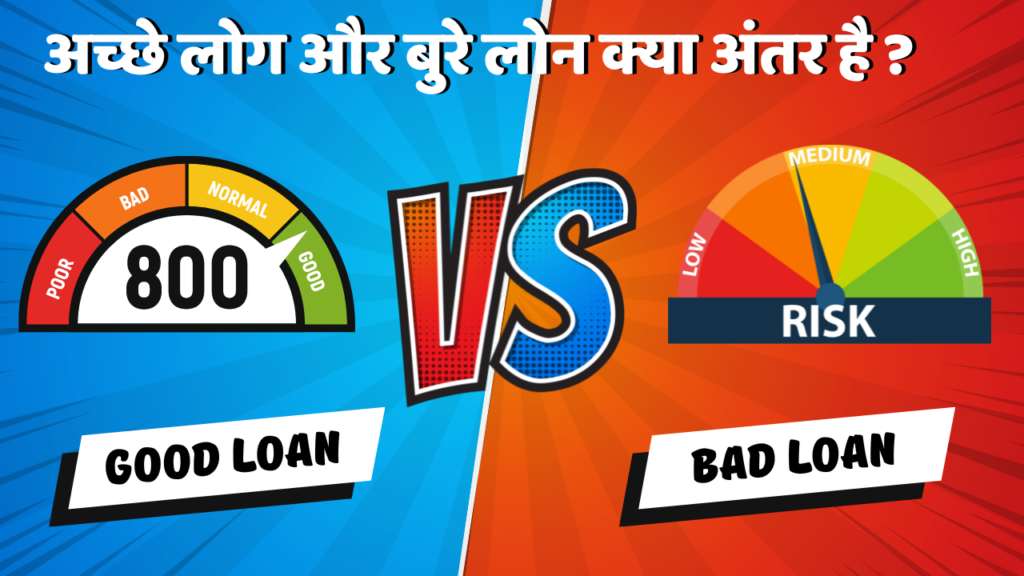Credit card dues accumulate much more rapidly than individuals can realize. With their easy access and high interest charges, people accumulate debt when purchasing. Therefore, credit card settlement is one option that a borrower who is finding credit card dues overwhelming and finding repayment difficult would consider doing with the credit card company. Settling essentially means getting credit card companies to accept just part of what they require. After all, settlement can both have its pros and cons, but knowing the steps, implications, and strategies involved helps to make the right decision.
This guide will outline a general overview of the credit card settlement process, how it works, when to consider it, possible consequences, and some helpful tips for negotiating a credit card settlement.
What is credit card settlement?
It is the agreement whereby a borrower with a credit card company to settle his or her debt for a lesser amount compared to what is outstanding. In this case, a borrower would make payment and receive part of his or her debt forgiveness in the form of an agreement that has been arrived at between them and their credit card company. Credit card settlement helps save individuals in dire financial crises from being fully defaulted on.
Settlement is usually requested during:
- The borrower has faced financial shocks, for example, loss of job or medical emergencies.
- They cannot pay their credit card dues in full.
- This borrower fears legal action, in addition to avoiding all adverse repercussions of extended indebtedness.
When should you consider credit card settlement?
Considering credit card settlement as a big decision, often as a last resort. Some of the situations where settlement can make sense are as follows:
Significant Financial Stress: Here is where income sources are strained, such as a layoff, an emergency cost, or a medical cost.
Unable to pay the monthly installment: It occurs when the individual cannot even pay the minimum amount payable.
High Debt to Income Ratio: when debts outstanding surpass the ability to pay as per current income and expenses.
Settlement is preferable to allowing the debt to enter collection or court, with all the ensuing wage garnishments or worse penalties that follow.
In this respect, if the debt falls within your level, probably the alternative would be either to engage in debt consolidation or revisiting your spending habits.
How does the credit card settlement process work?
The credit card loan settlement process usually starts with the borrower contacting the credit card company, or vice versa, to present a reduced payment plan. Here’s how it usually goes down:
- Debt Assessment: The borrower evaluates his or her financial situation and determines a reasonable amount to present for settlement.
- This means that the borrowing party initiates contact or a credit card company, agreeing on payment. They always contact customers after several months of their missed payments.
- Negotiating: Both the borrower and the company are negotiating a suitable sum to settle and is much smaller compared to what actually accumulated.
- Agreed Settlement: Once both have agreed, the borrower then pays up; the remaining portion is waved off by the company.
- This can affect the credit report in that the account may be marked as “Settled” or “Paid as Agreed,” but still reflect that the debt was not fully repaid and this impacts credit scores.
Key Steps in the Credit Card Settlement process
Evaluate Your Finances
Before approaching a credit card company, know your financial situation. Calculate your monthly income, expenses, and determine how much you can realistically pay. Keep a document with this information, as it might be useful during negotiations.
Contact the Credit Card Issuer
Once you have decided, call the credit card company’s customer service. Explain your situation honestly and intend to settle the debt. Mostly, if you are delinquent, they will offer to settle as it is better for them than getting no payment.
Negotiate the Settlement Amount
Most credit card companies will be open to talking settlement if they think that there’s a genuine inability to pay. You can propose either an amount you can afford, typically 30-50% of the total outstanding, or let them make their first offer. Prepare to negotiate for a few rounds.
Agree to This in Writing
If an agreement is reached, request it in writing. A written agreement protects both parties and provides a record of the settlement terms. It’s essential to review the document carefully to ensure all terms are as agreed.
Make the Settlement Payment
Once the settlement terms are concluded, make the payment. This is usually a lump sum, but some companies allow a payment plan, which comes in instalments. Make sure to have proof of payment.
Check Your Credit Report
After the payment, inspect your credit report to find out the status of that account. It should be labeled as “settled” or “Paid as Agreed.”
Advantages and Disadvantages of Credit Card Settlement
Advantages
- Debt Settlement: It is when you pay a portion of the debt, thereby making it easier on your finances.
- No Action Taken: Settlement can stop debt from going to collections or having the legal consequences of a lawsuit.
- Less Stress: You will no longer have to worry about interest or late fees once the account has been settled.
Disadvantages
- Credit Score: A settlement will affect your credit score but not as badly as a charge-off or bankruptcy.
- Potential Tax Consequences: The amount forgiven could be considered income, leading to tax.
- Credit Report Marking: The settled accounts are reported on your credit report, which can impact your future creditworthiness.
Conclusion
It may be an option for individuals who have experienced financial difficulties and are unable to pay the full amount they owe. Settlement will affect credit scores and is taxed, but it can offer relief and a more manageable way to deal with such debt. However, settlement must only be done after mulling on what would happen and after other options available such as consolidating debt or consulting regarding managing one’s finances is considered. This way the borrowers take time to realize the process of settlement so that negotiation can be performed carefully thus better prepared by their decision-making process for financial stability.
Frequently Asked Questions (FAQ’s)
Ans: Yes, most credit card companies offer a settlement option, but it’s typically reserved for accounts with prolonged non-payment or cases where the borrower demonstrates severe financial hardship.
Ans: Initially, settlement may lower your credit score because it shows that the debt wasn’t fully paid. However, settling is better than a complete default, and over time, it might help your score recover.
Ans: Yes, individuals can settle their debts by directly contacting the credit card company. However, debt settlement agencies are also available for those who prefer assistance, though they may charge a fee.
Ans: A settled account typically remains on your credit report for seven years. Over time, the impact decreases, especially with positive credit activity.
Ans: No, debt consolidation involves combining multiple debts into a single loan, while debt settlement reduces the debt amount owed to a single creditor.

